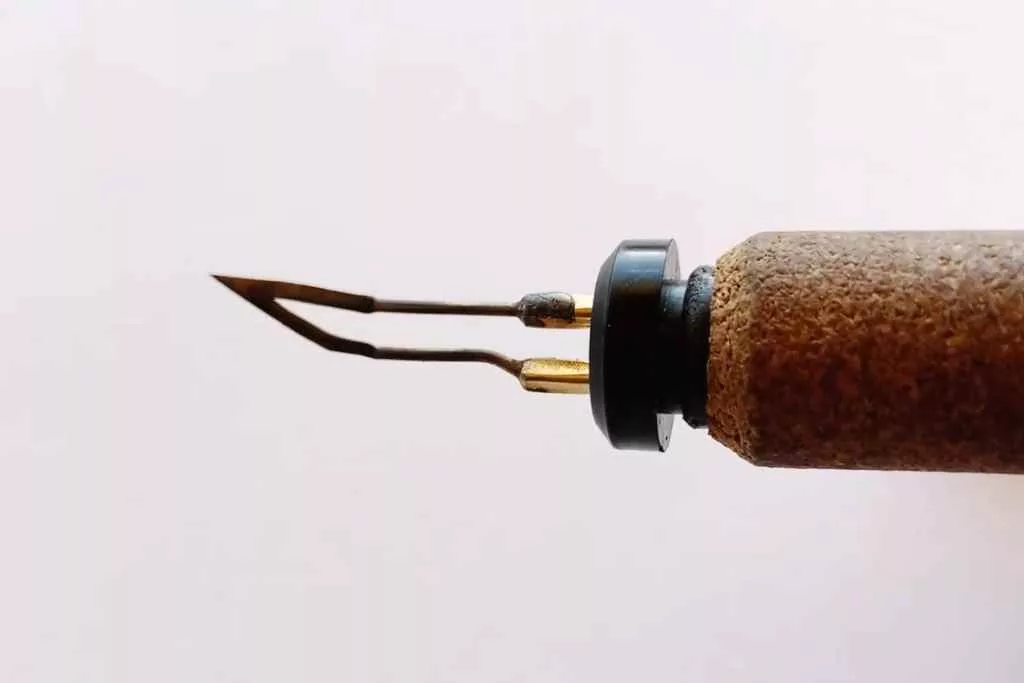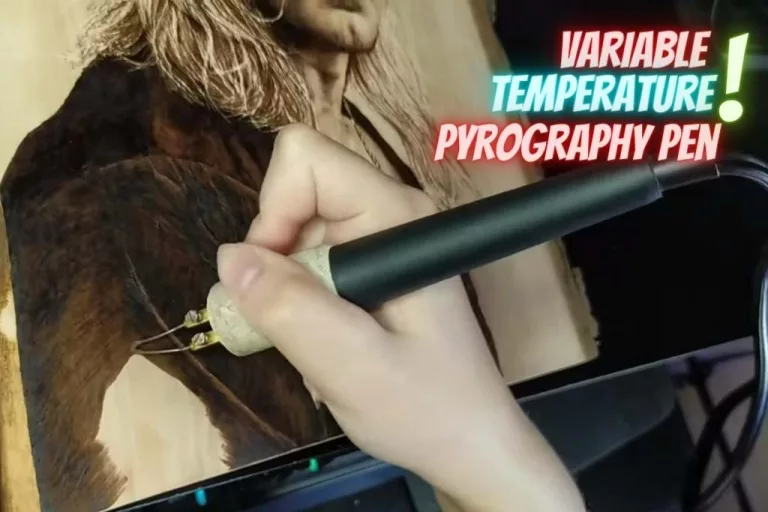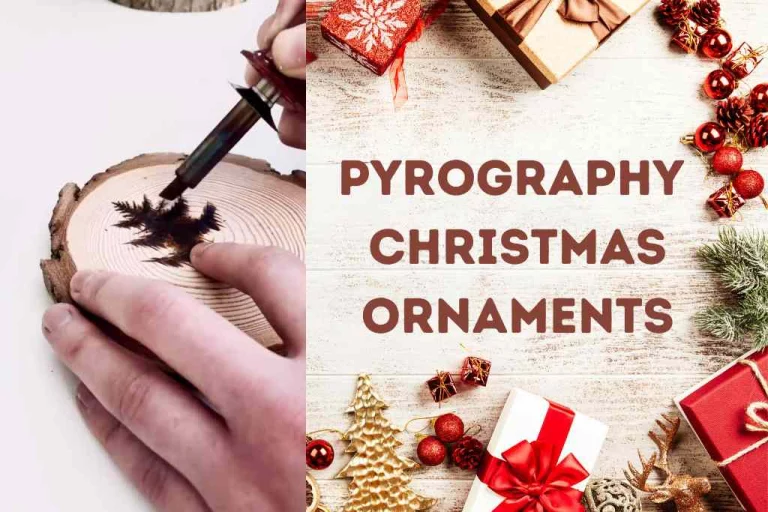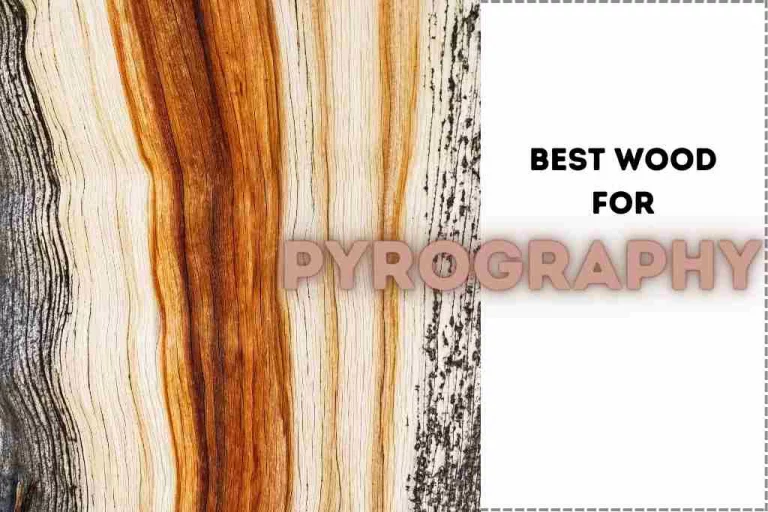Pyrography Skew Tip – Why Do I Have 11 Of These Powerful Nibs?
In this article, you will learn how the pyrography skew tip (or nib) works as a game-changer when it comes to wood burning projects.
While some pyrography pen tips are interchangeable, others remain permanently attached to the pen. And the problem with a permanently attached pen tip is that you can create only a limited number of outlines, shades, and textures. But the one in the discussion can offer a variety of pyrography techniques.

What is a Skew Tip?
The skew tip is just another pyrography pen tip with a more versatile design. It is long, angled, and has a sharp or pointy end. Some have pointy top, but others often have a blade-like wide end.
But the purpose of the skew tip is to cut into the wood as it burns and create a finer detail in the artwork. It also happens to be one of the most widely used pyrography pen tips for doing a wider range of wood burning projects.
Material For This Nib
Pyrography pens are not just of one type. If you are already familiar with the overall idea of pyrography, you must already know that. If you don’t, here are the materials commonly used for making pyrography pens.
Nickel Chromium Alloy/Wire
Nickel chromium alloy, often referred to as wire in pyrography, is a popular pyrography pen tip. It is well-known for being high-temperature and corrosion-resistant. On top of that, wire tips are more lightweight and affordable, making them more suitable for most pyrographers.
Brass
Brass is also an alloy of copper and zinc. Even though the material is slightly different from nickel-chromium alloy, it is also an effective material for making pyrography pen tips. However, brass tips do not come with a wider variety, like wire ones, and are slightly expensive.
Other Metals
Other than wire and brass, there are options to use. DIY pyrographers often prefer making their own customized pens. And for that, they use sewing needles or unused insulin needles. These needles are usually made of stainless steel, which is also durable and heat-resistant.

Here’s a video where I have used a skew tip to make some cloud shape burns.
This video will help you to understand this clearly. You can play it right here as well.
Various Uses of Skew Tip
Like I have mentioned at the beginning, the skew tip is versatile and popular. And it is referred to as versatile because of its ability to do various pyrography jobs. You can use the skew tip to do the following things without requiring you to change it.
Outlining
When you burn through the outlines, you must use a pen that is not wide at the burn point. Otherwise, it will burn more area than necessary, damaging the artwork. A skew tip is precisely what you need for such a technique because it has a thin and pointy edge.
Cutting
Another advantage of the skew tip’s thin and narrow top is that it is highly preferred for cutting. And cutting in pyrography means cutting into the wood to burn deeper. It helps create realistic artwork or make something more eye-catching.
Shading
The shading technique is also well-known for helping add more details and create more beautiful artwork from wood burning. And with a skew tip, you can burn the wood by holding it at a tilted angle.
Detailing
Suppose you are doing floral or realistic pyrography, and your artwork requires some detailing work. You can rely on the skew tip for that because its sharper edges help burn various shades to add even the tiniest details.
Texture
From the very lightest to the deepest burning, pyrography artwork has many different textures. They are used based on your artwork type and how much detail you want. Thanks to the multipurpose uses of the skew tip, you can burn various textures as you wish.
Burning Straighter Lines
If you are making long and straight patterns, you will need something that has a blade-like edge. Even though various manufacturers make the skew tip differently, they still have a sharp edged nib. That can help you make longer and straighter burning strokes more efficiently.
Here is an interesting read about pyrography tips. You will get to know about various tips and their uses.
Sharing Some Experiences
- I used to hate these tips at the beginning of my burning journey, specially the sharp edged ones, as the blade tends to go along the fibers and grains and burns the wood deeper. And burning the wood deep along the grain made me stuck on that straight line.
- A few such strokes actually ruined my works, and I realized that I should burn across the grains (keeping the blade vertical compared to the grains). I stopped putting force on the nib, but a light pressure with burn temperature tuning and duration on the wood surface brewed the magic for me. It took me 6 months to grab the technique. Until then, I will tell you to keep burning!!! Hope never dies!!
EndNote
The woodburning skew nib is highly beneficial if you prefer something less hassle and can do multiple works. So if you are looking for a way to save money by buying only a few interchangeable heads, the skew nibs should be one of them. And if you are going for a permanently attached one, my recommendation will still be the skew tip.
More Articles
There are many interesting articles on technical things like tools, and techniques on this art. Some are linked here –






